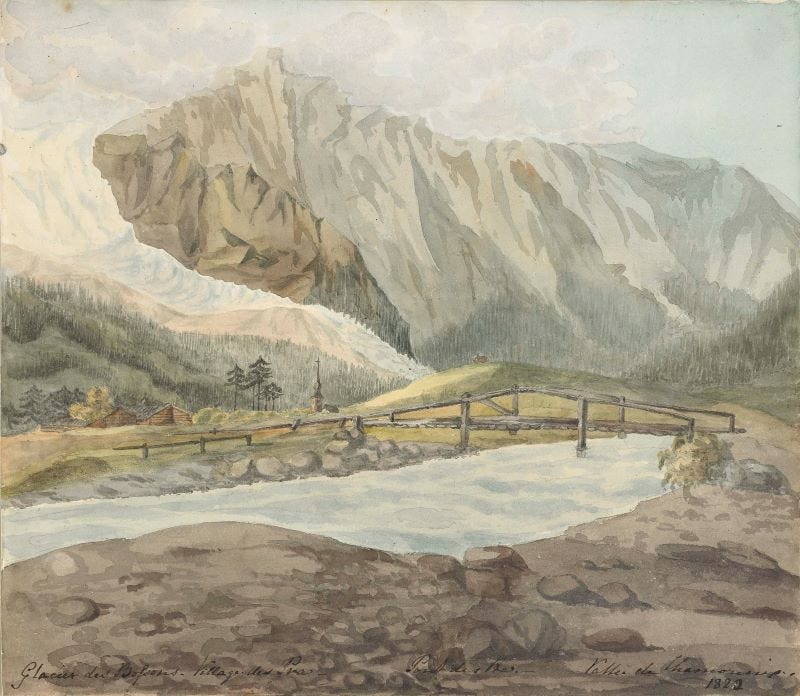'I really hate the word erased'
Another View: Landscapes by Women Artists at the Lady Lever Art Gallery, If Walls Could Talk by Daniel Meakin in Birkenhead, Preston Caribbean Carnival, ¡Ole! Flamenco photography in Manchester
If you walk into the Lady Lever’s new exhibition of women’s landscape painting expecting to hear how female artists have been erased from history, then it’s time to think again. “I really hate the word ‘erased’,” says Melissa Gustin, Curator of British Art at National Museums Liv…




